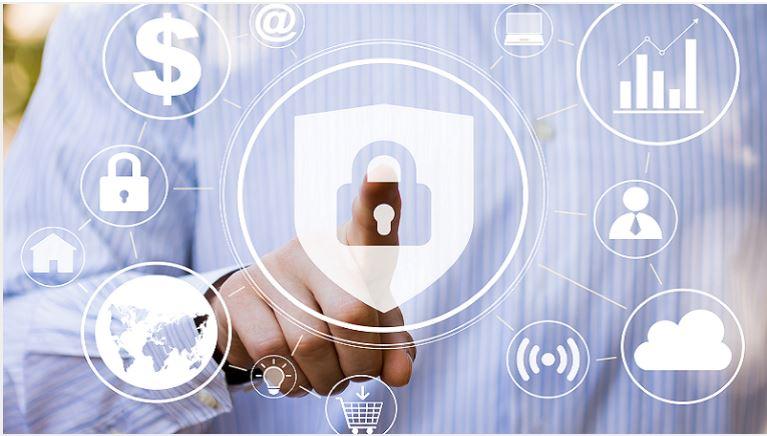
Introduction
Today’s banking industry is plagued with loss and fraud. Many financial institutions have fraud detection systems in place, however, some still face fraud. The good news is that numerous measures have been adopted to ensure fraud prevention in banks, which enables them to identify it well in advance. We have talked about several typical fraud kinds that affect the banking industry as well as fraud protection advice. For insights, keep reading.
Fraud patterns in the banking industry
Knowing the many types of fraud that occur in the banking industry is crucial for fraud prevention.
Credit card fraud:
When someone copies or steals a credit card’s information and uses it to make purchases, credit card fraud has taken place. Either the actual card is stolen or the number printed on the back of the card is retrieved in order to accomplish this (a process known as skimming). These types of fraud are frequently committed by individuals who may have access to the credit card numbers of victims.
Cheque fraud:
Cheque fraud is the theft of a check or the exploitation of the ignorance of a victim to get a check. A person might call a bank and say they owe money from an insurance claim; if they can persuade the bank employee to give them access to the account, the fraudsters could take the money from the checks, creating a significant loss to the victim. Fraudsters use fake documents to verify their identity and these type of document frauds can give huge damage to victims.
Financial statement fraud:
When someone manipulates an organization’s financial statements to appeal to investors or lenders, it results in them investing in what seems to be a lucrative investment opportunity based on false information presented by con artists who seek to financially exploit them by making untrue promises about the performance of the company (for example, earnings per share).
Phishing:
When fraudsters send emails that look like legitimate business messages in order to acquire people’s personal information, such as Facebook logins and Google passwords, etc., this type of fraud is referred to as “phishing.” Phishing employs fake websites with URLs that seem just like legitimate websites to trick uneducated users into entering their login information. Avoid clicking on links in emails that appear to be unauthorised and unofficial. If a stranger emails you, don’t provide your login information. To sign in, go to the business’ website.
How can AI be used to identify financial fraud?
By analysing patterns and trends, artificial intelligence (AI) can aid in fraud prevention at banks. Machine-learning algorithms are used by several banks to predict future events. These algorithms can find anomalies and fraud trends that people would miss. Banks can find potential fraud situations with the use of AI.
To analyse bank transactions and detect fraud, many organisations utilise AI-powered software. This programme looks for unusual activity in millions of transactions each second. KYC verification is a must to tackle identity fraud in the banking industry.
If a person has been using a credit card or debit card for years and has made on-time payments, AI can look at your data and would label you as a trustworthy debtor. AI can use this data to assess a person’s dependability if they apply for a new account or are granted a loan. This means that when it’s time for individuals to make loan or account payments, AI will already have made a determination regarding their propensity to repay.
The same holds true for inappropriate behaviour! If someone consistently misses payments made with their credit card or debit card, AI may mark them as untrustworthy based on their history of numerous missed payments. But the AI software still needs a lot more cutting-edge upgrades to be perfect.
Tips to remember not to experience banking fraud
- To avoid fraud, use a credit card rather than a debit card. When you use your debit card, money is immediately taken out of your checking account, so in the event that your information is stolen, you are responsible for any fraudulent transactions.
- Always keep an eye on your bank account’s transactions.
- When using an ATM, exercise caution and make sure that no one can see your private pin.
- Protect your PIN and don’t share it with anyone, as doing so could compromise your security and privacy and result in identity theft crimes. Identity thieves may steal personal information, such as your SSN, DOB, driver’s licence number, etc. And use it for fraudulent purposes, such as opening accounts in your name and making purchases from your account without your consent.
- Never send personal information by email. Such as credit card numbers, and always double-check the sender before downloading any attachments or clicking any links.
- Avoid sending private information over public wifi networks like those at restaurants and libraries.
- Always keep an eye out for odd behaviour on your accounts, like strange withdrawals or purchases. Report anything unusual you notice right away to your bank.
In the end:
The goal of banks and other financial organisations nowadays is to prevent fraud of any form. AI-powered fraud prevention is beginning to be used and implemented by businesses and banks. Customers must, however, also become more knowledgeable and use safe practices when conducting transactions. Moreover, we hope the information in this post will help you avoid bank transaction fraud.


